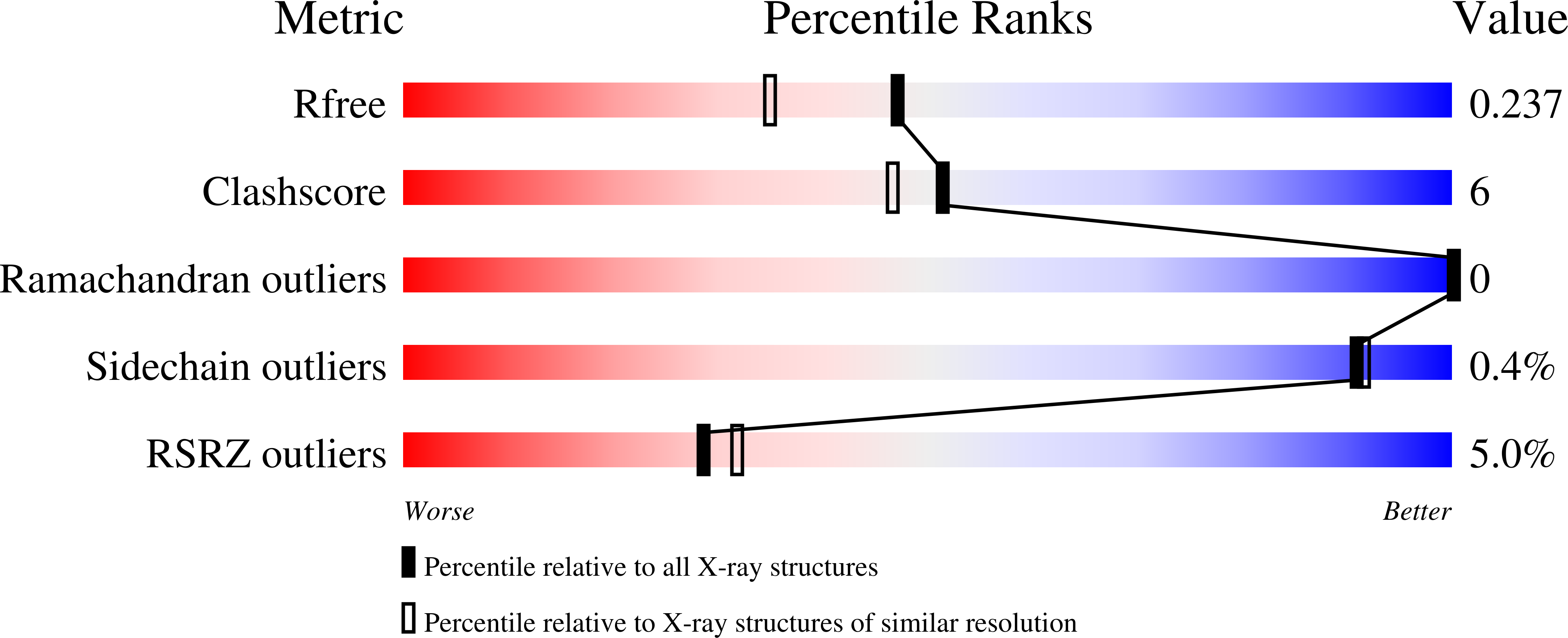
Deposition Date
2001-05-12
Release Date
2001-08-08
Last Version Date
2023-08-16
Entry Detail
Biological Source:
Source Organism:
Thermotoga maritima (Taxon ID: 2336)
Host Organism:
Method Details:
Experimental Method:
Resolution:
1.90 Å
R-Value Free:
0.24
R-Value Work:
0.22
R-Value Observed:
0.22
Space Group:
P 65


